5 Jyotirlingas Every Shiva Devotee Tries to Visit Once in Life
Riya Kumari | Jul 03, 2025, 16:06 IST
Shiva
( Image credit : Pixabay )
Let’s just get this out of the way: I’m not a spiritual guru, I don’t wear rudraksha beads (unless they’re vintage and ironic), and I definitely didn’t start my spiritual journey on a full moon night chanting “Om Namah Shivaya” by a riverside. I started it somewhere between a breakup and a bad boss, like most millennials, thank you very much.
There are journeys you take for leisure. For escape. For pictures, for stories. And then there are journeys that feel less like travel, and more like a return. A homecoming, not to a place, but to something within you. The Jyotirlingas are not just temples. They are spaces where time bends, where silence has depth, where questions echo without needing answers. They are said to be the places where Shiva, not the deity of rituals, but the consciousness behind all existence, reveals Himself as light. As stillness. As presence. And whether or not you understand the mythology, or chant the right mantras, something in you knows. You don’t go to these places because you are perfect in your devotion. You go because you are human in your search.
1. Kashi Vishwanath – Varanasi, Uttar Pradesh
![Varanasi]()
Where the soul learns what the mind cannot grasp.
Kashi isn’t beautiful in the way tourist brochures define beauty. It’s intense. Raw. But there’s a reason sages have said for centuries that even the Gods are drawn to this city. To die here, they say, is to be freed. But beyond the beliefs and rituals, Kashi is a reminder that life and death are not opposites.
They are neighbors. Separated by a breath. And Vishwanath, the Lord of the Universe, sits calmly in the middle of it all. Unmoved. Unhurried. You don’t walk out of this temple transformed because something dramatic happened. You walk out different because you see differently. You see that all things pass, and yet, something remains.
2. Somnath – Veraval, Gujarat
![Shiva]()
Proof that what is broken can rise again. And again. And again.
Somnath has been destroyed and rebuilt more times than most of us have recovered from heartbreak. But it stands. Every time. Taller, wiser, quieter. And maybe that’s the point. We live in a world obsessed with preserving perfection. But Somnath whispers a deeper truth: the sacred is not what remains untouched. The sacred is what survives.
What heals. What refuses to be erased. Standing by the sea, hearing the waves crash against the shore while the temple stands still, you realise resilience is not noisy. It is dignified. It is sacred.
3. Mahakaleshwar – Ujjain, Madhya Pradesh
![Lord shiva]()
The God who reminds you that time is not yours to hold.
Mahakal means the great time. The destroyer of illusions. The one who exists beyond beginnings and ends. There is something arresting about entering this temple, it doesn’t try to comfort you. It confronts you. In a world that teaches us to measure time in tasks and deadlines, Mahakaleshwar teaches us to see time as sacred. Every moment passing is not a loss, it is a return. A return to the eternal.
The Bhasma Aarti, where sacred ash is offered to Shiva at dawn, is not a ritual to watch. It’s an awakening. A reminder that everything that was, will be dust. And yet, we are not just what will end. We are what observes the ending.
4. Kedarnath – Uttarakhand
![Kedarnath]()
When the world feels too loud, you go to where the silence begins.
Kedarnath is not easy. The journey is long. The terrain is hard. But perhaps that’s the whole lesson—it takes effort to reach what is still. Located in the lap of the Himalayas, it feels untouched by time. The stone temple stands against glaciers, wind, rain, and silence. No one tells you what to feel here. The mountains speak in stillness. The temple speaks without words.
And in that stillness, the mind quiets. The past and future loosen their grip. You are just… here. Not praying for a miracle. But realising that this moment, in itself, is one.
5. Trimbakeshwar – Nashik, Maharashtra
![Shiva]()
Where three Gods share one space, and yet, only silence prevails.
Trimbakeshwar is not a place of noise or spectacle. It is gentle. Subtle. Which is why it’s easy to miss the depth here, if you’re rushing. But slow down and you’ll sense something powerful. Stillness with intent. The temple houses three lingas, symbolising Brahma (creation), Vishnu (sustenance), and Shiva (destruction). In one space, the entire cycle of life rests. No competition. No confusion. Just flow.
And that’s perhaps what Trimbak teaches most clearly: You don’t need to control the journey. You need only be present for it.
What These Places Really Teach Us
We often think spirituality is about becoming someone else. Someone wiser. Calmer. More... enlightened. But maybe these Jyotirlingas teach something simpler. That you are already enough. That God is not waiting for you to be perfect, He is present even in your confusion. In your struggle. In your longing. You don’t visit these temples to escape life. You visit them to remember how to live it.
To walk through time with grace. To fall, and rise again. To hold silence in a noisy world. And to know that beneath all your searching, there is something in you that has always been still. Something Shiva already knows. And has been waiting for you to realise, all along. In the end, Shiva doesn’t promise miracles. He offers presence. And sometimes, that is the greatest miracle of all.
1. Kashi Vishwanath – Varanasi, Uttar Pradesh
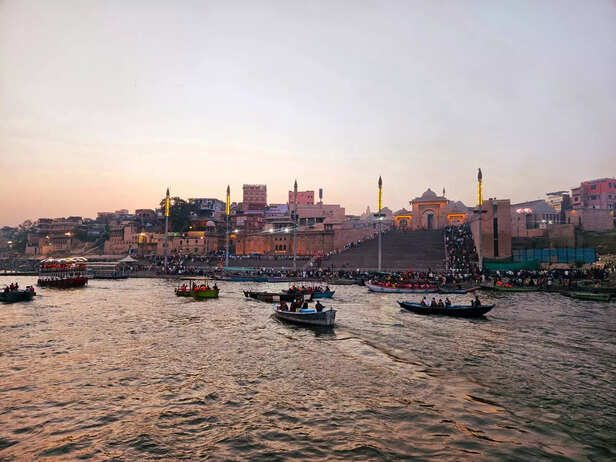
Varanasi
( Image credit : Pexels )
Where the soul learns what the mind cannot grasp.
Kashi isn’t beautiful in the way tourist brochures define beauty. It’s intense. Raw. But there’s a reason sages have said for centuries that even the Gods are drawn to this city. To die here, they say, is to be freed. But beyond the beliefs and rituals, Kashi is a reminder that life and death are not opposites.
They are neighbors. Separated by a breath. And Vishwanath, the Lord of the Universe, sits calmly in the middle of it all. Unmoved. Unhurried. You don’t walk out of this temple transformed because something dramatic happened. You walk out different because you see differently. You see that all things pass, and yet, something remains.
2. Somnath – Veraval, Gujarat
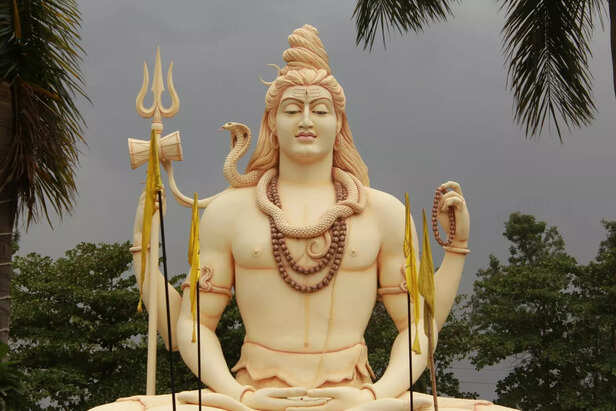
Shiva
( Image credit : Pexels )
Proof that what is broken can rise again. And again. And again.
Somnath has been destroyed and rebuilt more times than most of us have recovered from heartbreak. But it stands. Every time. Taller, wiser, quieter. And maybe that’s the point. We live in a world obsessed with preserving perfection. But Somnath whispers a deeper truth: the sacred is not what remains untouched. The sacred is what survives.
What heals. What refuses to be erased. Standing by the sea, hearing the waves crash against the shore while the temple stands still, you realise resilience is not noisy. It is dignified. It is sacred.
3. Mahakaleshwar – Ujjain, Madhya Pradesh
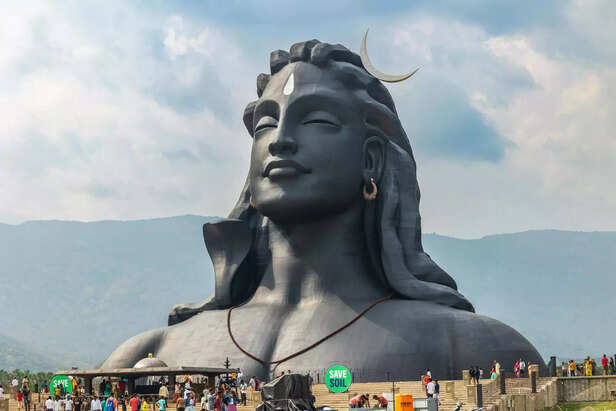
Lord shiva
( Image credit : Pexels )
The God who reminds you that time is not yours to hold.
Mahakal means the great time. The destroyer of illusions. The one who exists beyond beginnings and ends. There is something arresting about entering this temple, it doesn’t try to comfort you. It confronts you. In a world that teaches us to measure time in tasks and deadlines, Mahakaleshwar teaches us to see time as sacred. Every moment passing is not a loss, it is a return. A return to the eternal.
The Bhasma Aarti, where sacred ash is offered to Shiva at dawn, is not a ritual to watch. It’s an awakening. A reminder that everything that was, will be dust. And yet, we are not just what will end. We are what observes the ending.
4. Kedarnath – Uttarakhand
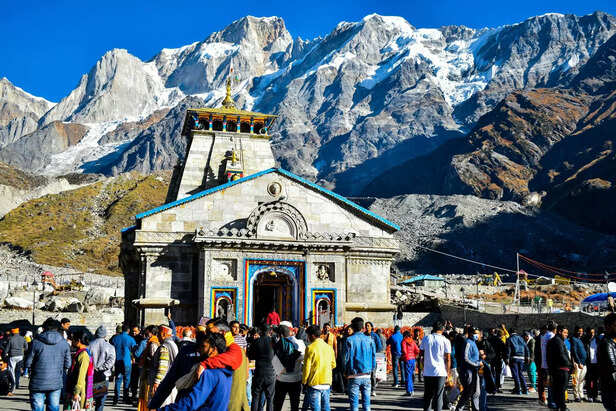
Kedarnath
( Image credit : Pexels )
When the world feels too loud, you go to where the silence begins.
Kedarnath is not easy. The journey is long. The terrain is hard. But perhaps that’s the whole lesson—it takes effort to reach what is still. Located in the lap of the Himalayas, it feels untouched by time. The stone temple stands against glaciers, wind, rain, and silence. No one tells you what to feel here. The mountains speak in stillness. The temple speaks without words.
And in that stillness, the mind quiets. The past and future loosen their grip. You are just… here. Not praying for a miracle. But realising that this moment, in itself, is one.
5. Trimbakeshwar – Nashik, Maharashtra
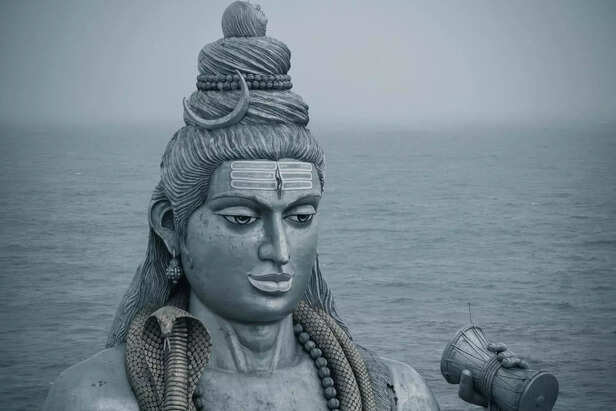
Shiva
( Image credit : Pexels )
Where three Gods share one space, and yet, only silence prevails.
Trimbakeshwar is not a place of noise or spectacle. It is gentle. Subtle. Which is why it’s easy to miss the depth here, if you’re rushing. But slow down and you’ll sense something powerful. Stillness with intent. The temple houses three lingas, symbolising Brahma (creation), Vishnu (sustenance), and Shiva (destruction). In one space, the entire cycle of life rests. No competition. No confusion. Just flow.
And that’s perhaps what Trimbak teaches most clearly: You don’t need to control the journey. You need only be present for it.
What These Places Really Teach Us
To walk through time with grace. To fall, and rise again. To hold silence in a noisy world. And to know that beneath all your searching, there is something in you that has always been still. Something Shiva already knows. And has been waiting for you to realise, all along. In the end, Shiva doesn’t promise miracles. He offers presence. And sometimes, that is the greatest miracle of all.
